Symbiotic transfer of lipids to mutualist fungi may have helped plants to colonize land 450 million years ago.
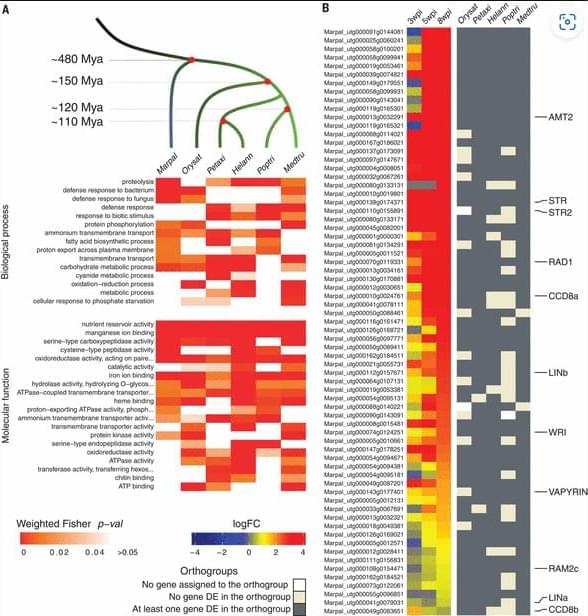

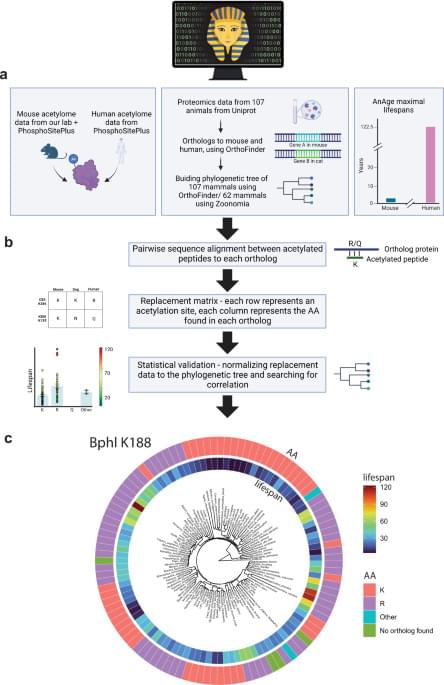
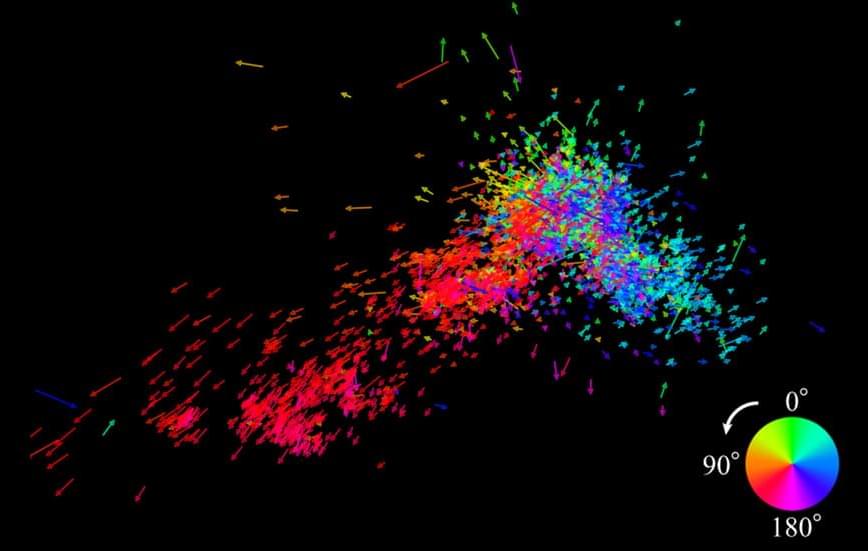
Is the nearest galaxy to ours being torn apart? Research suggests so. A team led by Satoya Nakano and Kengo Tachihara at Nagoya University in Japan has revealed new insights into the motion of massive stars in the Small Magellanic Cloud (SMC), a small galaxy neighboring the Milky Way. Their findings suggest that the gravitational pull of the Large Magellanic Cloud (LMC), the SMC’s larger companion, may be tearing the smaller one apart. This discovery reveals a new pattern in the motion of these stars that could transform our understanding of galaxy evolution and interactions. The results were published in The Astrophysical Journal Supplement Series.
“When we first got this result, we suspected that there might be an error in our method of analysis,” Tachihara said. “However, upon closer examination, the results are indisputable, and we were surprised.”
The SMC remains one of the closest galaxies to the Milky Way. This proximity allowed the research team to identify and track approximately 7,000 massive stars within the galaxy. These stars, which are over eight times the mass of our Sun, typically survive for only a few million years before exploding as supernovae. Their presence indicates regions rich in hydrogen gas, a crucial component of star formation.
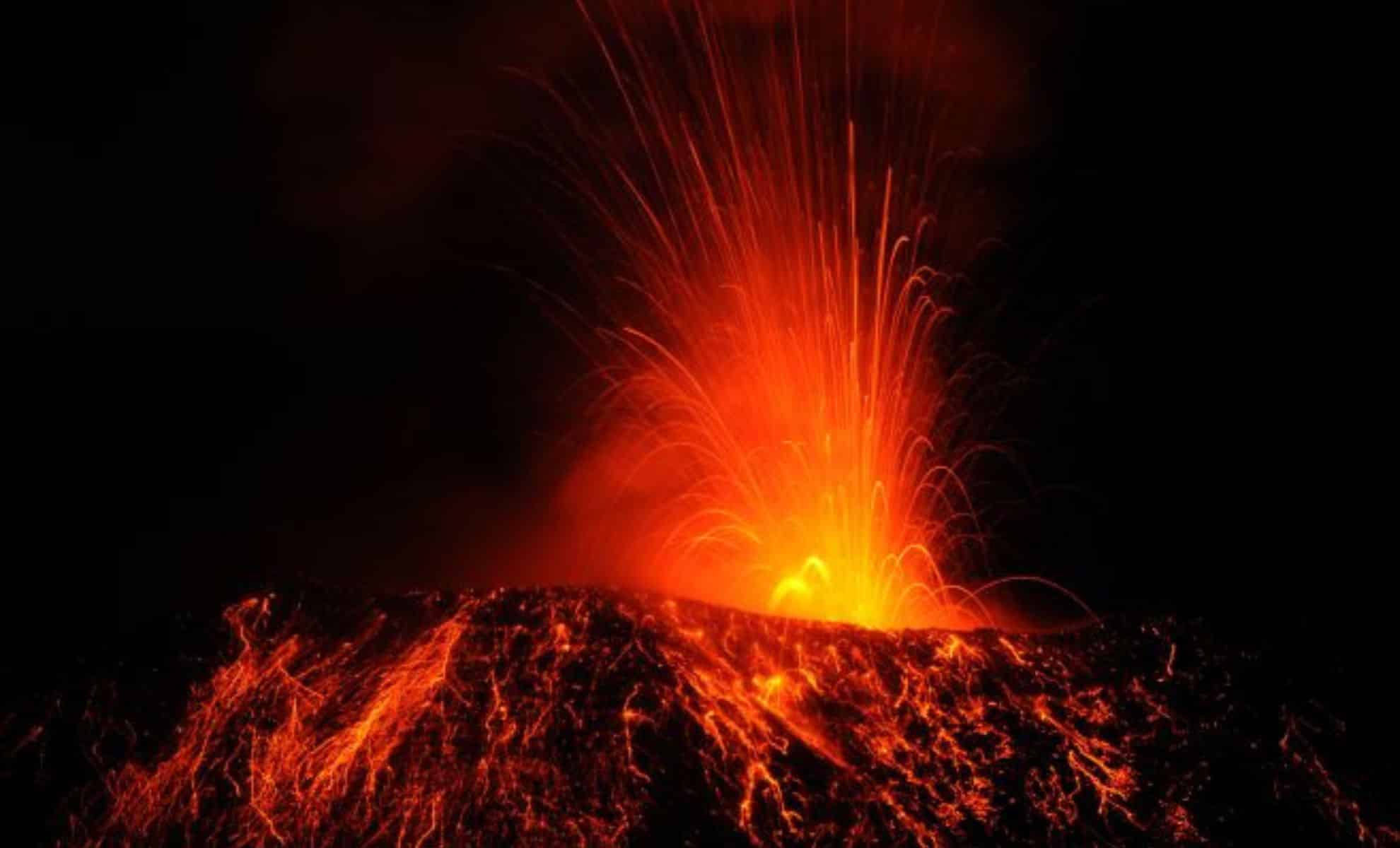
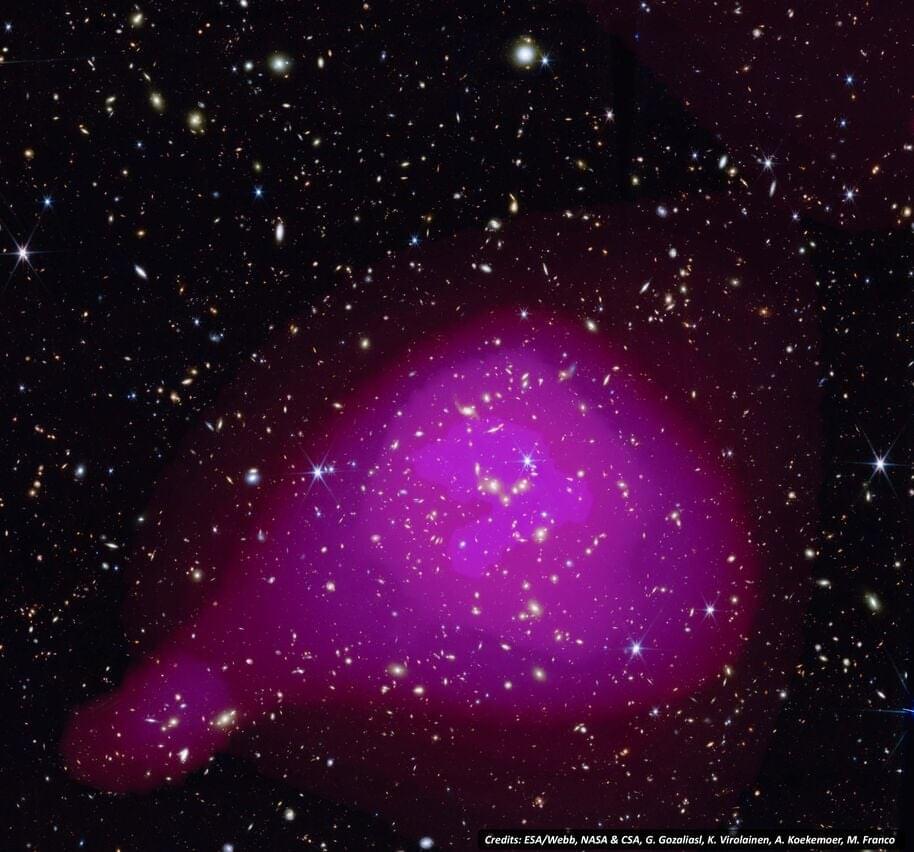
This extensive catalog spanning 11 billion years of cosmic history allows scientists to compare ancient galaxy structures with more recent ones, revealing evolutionary patterns in galaxy groups and their brightest central galaxies. The observations show a dramatic transformation: distant galaxies from the early universe appear irregular with active star formation, while those closer to our time have “quenched” star formation and developed more organised elliptical or spiral structures.
This groundbreaking JWST survey marks the beginning of a new era in understanding galactic evolution. With 1,700 galaxy groups identified across nearly the entire history of our universe, astronomers now have an unprecedented roadmap for further investigation. Future studies will explore the physics driving these transformations—from dark matter’s role in structural formation to how supermassive black holes influence their host galaxies. As researchers analyze this rich data, we can expect significant revisions to existing theories about galaxy formation and evolution.
Extract from “Evolution, Basal Cognition and Regenerative Medicine”, kindly contributed by Michael Levin in SEMF’s 2023 Interdisciplinary Summer School (https://semf.org.es/school2023/). Full talk: • Michael Levin | Evolution, Basal Cogn… TALK ABSTRACT Each of us has made the remarkable journey from a single cell (a quiescent oocyte) to a complex embodied mind. How do cells, which were once independent organisms, work together to pursue the anatomical and physiological goals that enable form and function to reliably self-assemble? In this talk, I will tell the story of the collective intelligence of cellular swarms that embodies William James’ definition of intelligence: same ends by different means. I will describe the amazing competencies of the morphogenetic process that builds bodies and minds, and our discoveries on bioelectricity — the cognitive glue that implements embryogenesis, regeneration, and cancer suppression. I will end with a perspective on how biophysical, informational, and behavioral sciences are coming together to redefine the boundaries of the possible in biomedicine and beyond. MICHAEL LEVIN Department of Biology, Tufts University: https://as.tufts.edu/biology Tufts University profile: https://ase.tufts.edu/biology/labs/le… Institute profile: https://wyss.harvard.edu/team/associa… Wikipedia: https://en.wikipedia.org/wiki/Michael… ) Google Scholar: https://scholar.google.com/citations?… Twitter:
/ drmichaellevin LinkedIn:
/ michael-levin-b0983a6 SEMF NETWORKS Website: https://semf.org.es Twitter:
/ semf_nexus LinkedIn:
/ semf-nexus Instagram:
/ semf.nexus Facebook:
/ semf.nexus
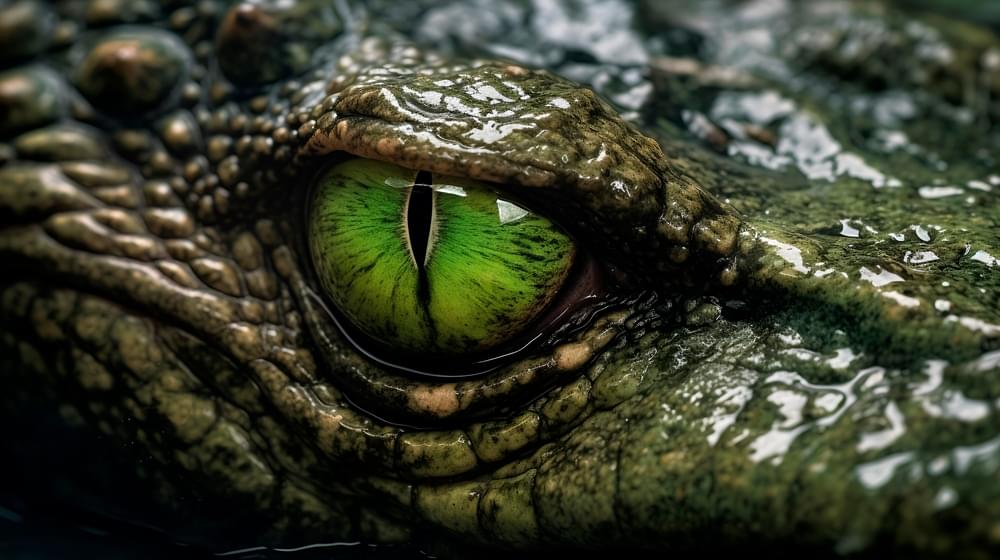

Over billions of years, the universe has transformed from a simpler state into an intricate cosmic web, but new research hints that the growth of cosmic structures may not have unfolded exactly as predicted.
Using data from the Atacama Cosmology Telescope and the Dark Energy Spectroscopic Instrument, scientists compared ancient cosmic light with the modern distribution of galaxies, essentially creating a multidimensional cosmic timeline. Their findings reveal a slight but intriguing discrepancy: matter appears to be a bit less “clumpy” today than early models anticipated. While not definitive enough to rewrite physics, this subtle irregularity opens exciting possibilities about the mysterious forces, like dark energy, that could be subtly reshaping the universe.
The Cosmic Dance of Matter.


The NASA team behind the Nancy Grace Roman Space Telescope – due to launch in 2027 – have shared the designs for the mission’s 3 core surveys.
Roman will deepen understanding into the mysteries of astrophysics and the universe.
“Roman’s setting out to do wide, deep surveys of the universe in a way that will help us answer questions about how dark energy and dark matter govern cosmic evolution, and the demographics of worlds beyond our solar system,” says Gail Zasowski, an associate professor at the University of Utah, US, and co-chair of the Roman Observations Time Allocation Committee (ROTAC).